Piston Slap: The Case for the Front-Mounted Transaxle?

DAG writes:
Why don’t automakers design front-wheel-drive cars with the transaxle in front of the engine? This moves the front wheels forward and improves weight distribution; offers better potential for aerodynamics and leaves space under the hood for pedestrian protection. With a turbo four-cylinder, the engine could have clearance from the firewall. Also, the engine and transaxle could be mounted on a pivoting subframe, hinged at the front, to drop down at the back for major maintenance; disconnect steering and exhaust to drop cradle.
The engine would sit in the space where rack and pinion generally resides; steering gear design would be a challenge for direct mechanical actuation. Perhaps traction would be reduced. Would crashworthiness also be affected?
Sajeev answers:
Interesting query! I’m happy to play devil’s advocate to your modern-day Cord powertrain layout:
- Potential aerodynamic benefit is eliminated via pedestrian safety regulations. Larger front fascias increase surface area in contact with humans, thereby reducing physical damage from knee-bending.
- Head protection isn’t likely, thanks to our cab forward designs — more cab, less hood and a greater chance the pedestrian’s head still slams somewhere needing 10 cm of space above the engine intake manifold.
- Hinged subframes bring crashworthiness concerns. While I can’t google up proof, subframes are designed to prevent the engine from intruding into the passenger compartment in a head-on collision. They normally move down and/or under the firewall, and a hinge introduces a fail point in something that must not fail.
- Not concerned about steering system interference; most vehicles use electric steering now.
- V-shaped engines would be tough in this configuration. Perhaps one day we can have a V6 engine renaissance. Perhaps it will lead to something deliciously looney like a second-gen LS4. That’s not likely with this design.
This is probably another case of automakers doing their jobs by not reinventing the wheel, by protecting us from what we want. But hey, if it worked on the Cord …
[Image: Shutterstock user Andy Dean Photography]
Send your queries to sajeev@thetruthaboutcars.com. Spare no details and ask for a speedy resolution if you’re in a hurry…but be realistic, and use your make/model specific forums instead of TTAC for more timely advice.

More by Sajeev Mehta
Latest Car Reviews
Read moreLatest Product Reviews
Read moreRecent Comments
- Peter Buying an EV from Toyota is like buying a Bible from Donald Trump. Don’t be surprised if some very important parts are left out.
- Sheila I have a 2016 Kia Sorento that just threw a rod out of the engine case. Filed a claim for new engine and was denied…..due to a loop hole that was included in the Class Action Engine Settlement so Hyundai and Kia would be able to deny a large percentage of cars with prematurely failed engines. It’s called the KSDS Improvement Campaign. Ever hear of such a thing? It’s not even a Recall, although they know these engines are very dangerous. As unknowing consumers load themselves and kids in them everyday. Are their any new Class Action Lawsuits that anyone knows of?
- Alan Well, it will take 30 years to fix Nissan up after the Renault Alliance reduced Nissan to a paltry mess.I think Nissan will eventually improve.
- Alan This will be overpriced for what it offers.I think the "Western" auto manufacturers rip off the consumer with the Thai and Chinese made vehicles.A Chinese made Model 3 in Australia is over $70k AUD(for 1995 $45k USD) which is far more expensive than a similar Chinesium EV of equal or better quality and loaded with goodies.Chinese pickups are $20k to $30k cheaper than Thai built pickups from Ford and the Japanese brands. Who's ripping who off?
- Alan Years ago Jack Baruth held a "competition" for a piece from the B&B on the oddest pickup story (or something like that). I think 5 people were awarded the prizes.I never received mine, something about being in Australia. If TTAC is global how do you offer prizes to those overseas or are we omitted on the sly from competing?In the end I lost significant respect for Baruth.


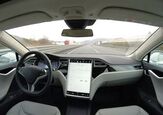













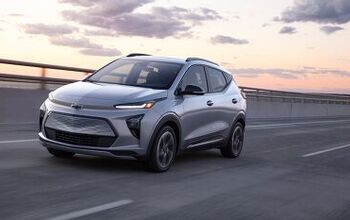
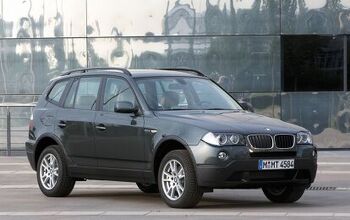
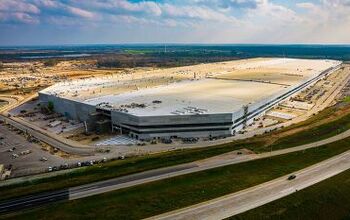
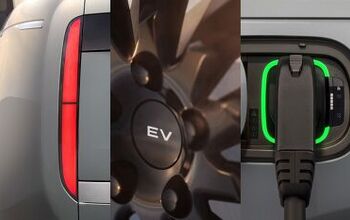
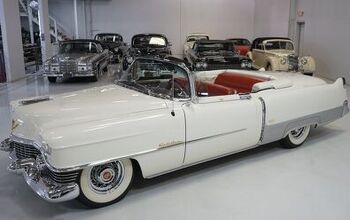
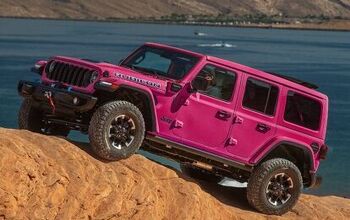


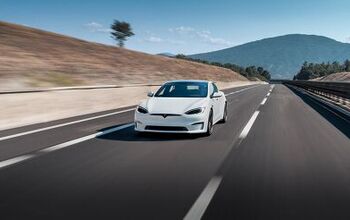
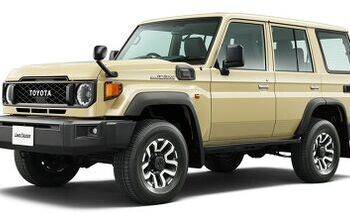

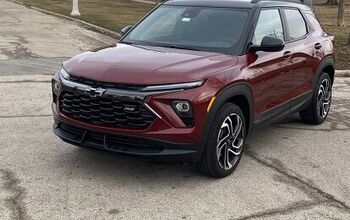
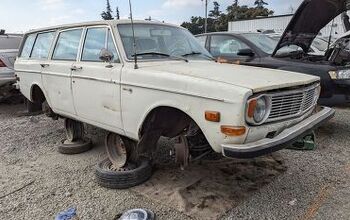
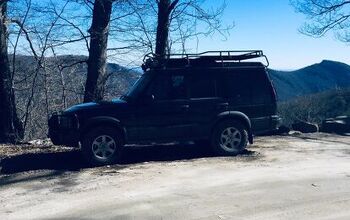

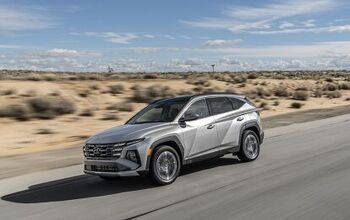
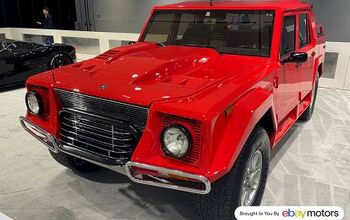

Comments
Join the conversation
"Not concerned about steering system interference; most vehicles use electric steering now." They still have steering columns and steering racks. Main reason I know of is that the space in front of the engine is wasted for crash because it is resisting engine mass as well as the rest of the cabin. If the engine hits the crash barrier immediately then you can use the space behind the engine to decelerate the safety cell.
Doesn't anyone remember the RUXTON? It used a reverse Inline-8 engine-transaxle, FWD design: https://en.wikipedia.org/wiki/Ruxton_(automobile) And it actually slightly pre-dates the Cord. They are VERY rare. Only 33 of them known to remain, with only about 16 in running condition. The latest restored one auctioned for about $370,000. If you want a really fascinating read, check out this thread on its insanely immaculate restoration: http://forums.vwvortex.com/showthread.php?6206837-1932-Ruxton-build-thread-or-quot-How-I-became-an-unwitting-restorer-quot